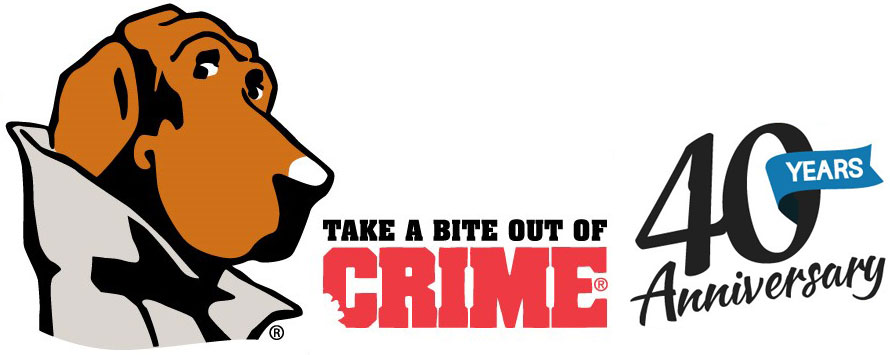Strategy
Neighborhoods can reduce drug-related activity through environmental changes that make their communities less vulnerable and hospitable to drug dealers.
Drug problem addressed
Some communities are perfect hideaways for drug dealers and users. The lighting is poor, the streets permit speeding traffic, traffic patterns enable quick-getaways, signs are in disrepair, and there are no sidewalks for residents.
Key Components
Crime and drug activity can be reduced if a neighborhood or community is physically designed to provide protection for its residents. Physical changes or improvements can include erecting and maintaining better outdoor lighting, installing and enforcing traffic control signs and lights, closing or limiting access to streets to avoid through traffic, building fences, cleaning up bushes and shrubbery in parks and other public places, installing or repairing sidewalks, and removing abandoned vehicles.
Key Partnerships
Community residents can team up with municipal planners, architects, city agencies, law enforcement, traffic engineers, and utility companies to create a safer environmental design in their neighborhoods.
Possible Obstacles
Often, municipal governments are unwilling to work with neighborhoods to improve the physical layout and design of their area to reduce the presence of drug dealers and other criminals. The process frequently takes time because of the requirements of surveying, analysis, bidding for contracts, and allocating funds, all of which require patience from neighborhood residents. In addition to technical issues, there are also issues of eliminating residents fears, establishing trust between law enforcement and residents, and working to design a model that not only increases safety, but promotes neighborhood beautification.
Signs of Success
In the fall of 1992, residents in the Five Oaks community of Dayton, OH, joined forces with local police and city planners to institute a Neighborhood Stabilization program. Based on the premise of creating defensible space, 35 iron gates and 26 alley barricades were installed around the Five Oaks community. The gates and barricades were effective in closing off open space previously occupied and used as a main thoroughfare by drug dealers and prostitutes. According to a report from the Dayton Office of Management and Budget, the initiative resulted in a 50 percent decrease in violent crime and a 24 percent decrease in nonviolent crime.
Applying the Strategy
In the east-side peninsula of Bridgeport, CT, an area referred to locally as “Beirut” where 10 percent of the state’s homicides occurred in one year, local police authorities and city planning officials implemented a street modification program called the Phoenix Project. Street barriers were installed in heavy drug traffic areas to create “loop” streets coupled with traffic control devices (signs, signals, markings, and gates), making street entrances one-way, turn-offs onto side streets difficult, and traffic flow easier to manage and monitor. The project involved a ten-component community intervention plan including community mobilization, increased tactical enforcement, and a multi-law enforcement sting operation targeted at removing dangerous gang and drug leaders from the streets. The overall initiative resulted in an approximate 75 percent decline in crime and the lowest crime rate in the area since 1972.
From 350 Tested Strategies to Prevent Crime: A Resource for municipal Agencies and Community Groups


